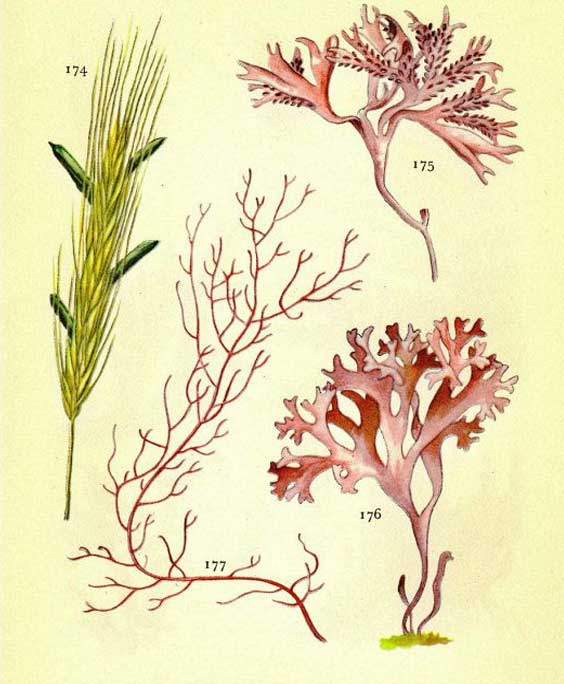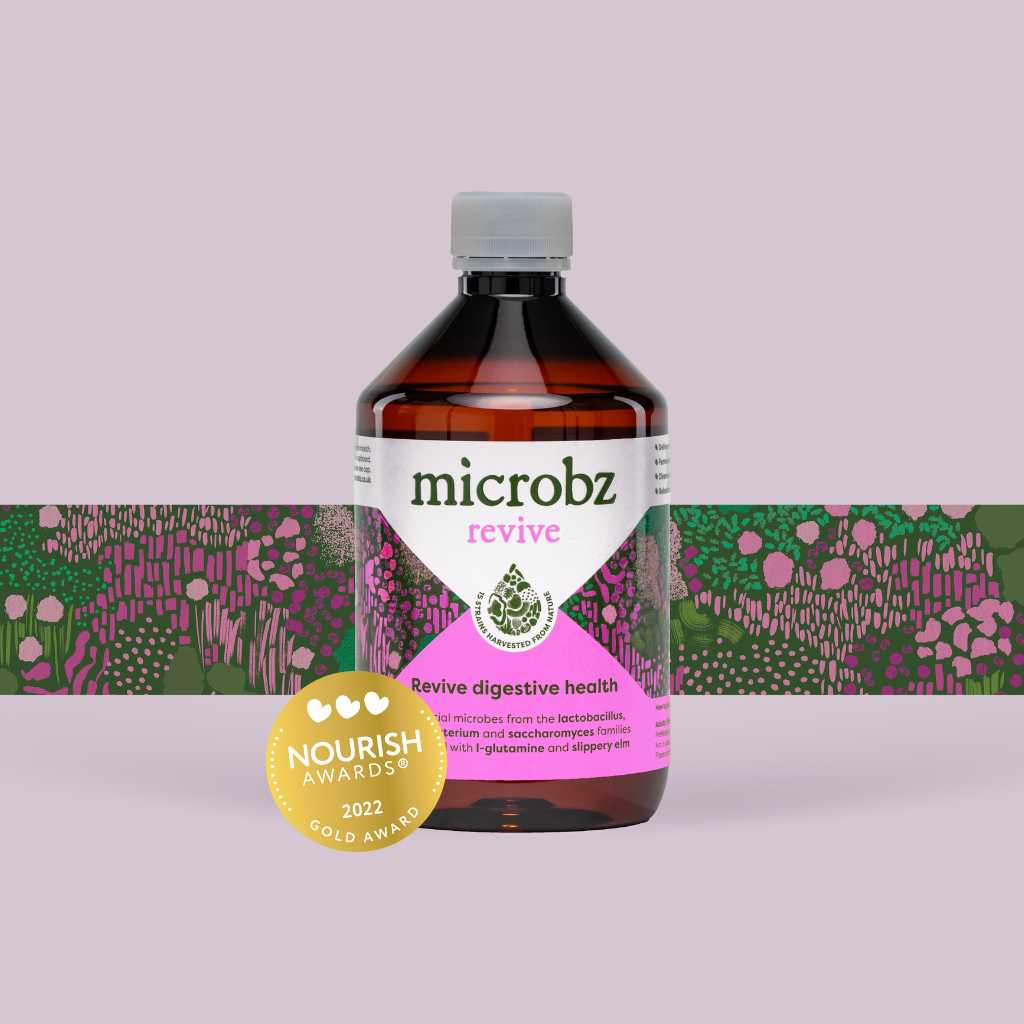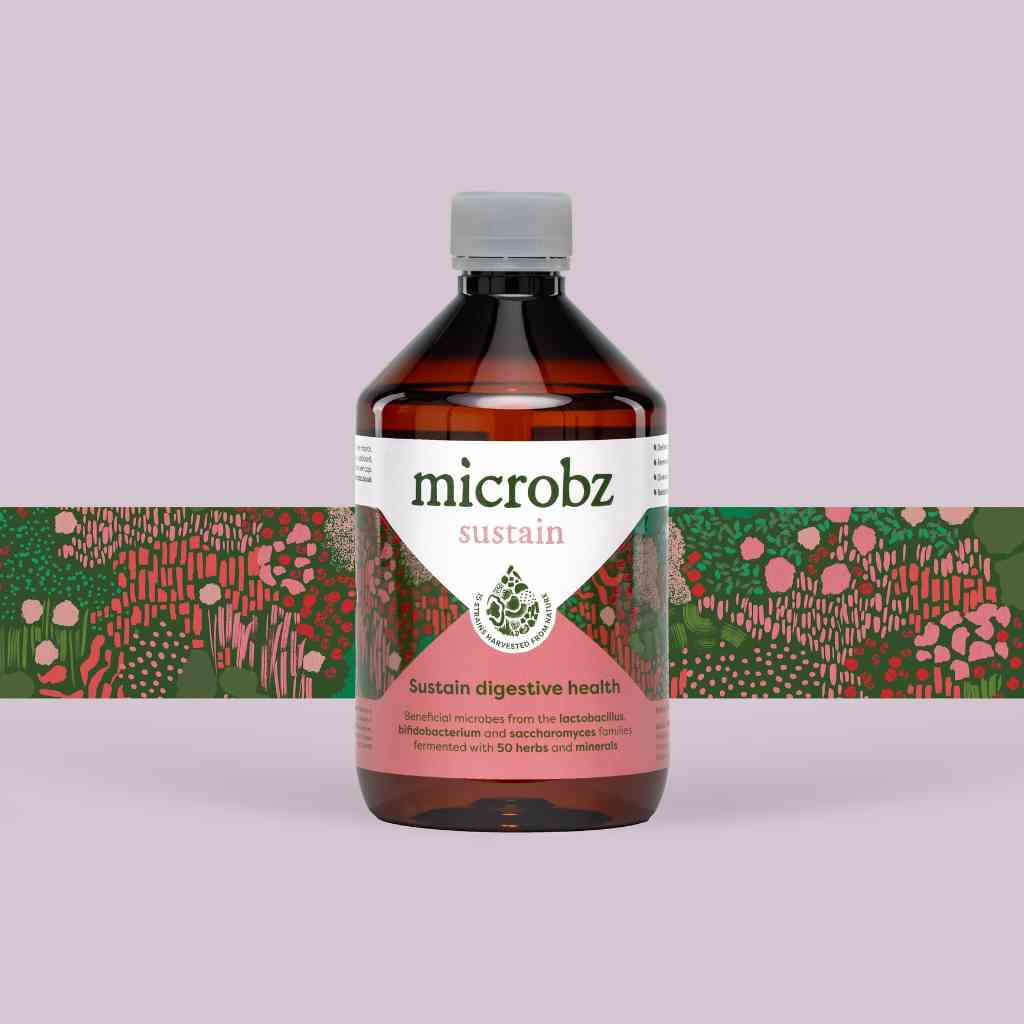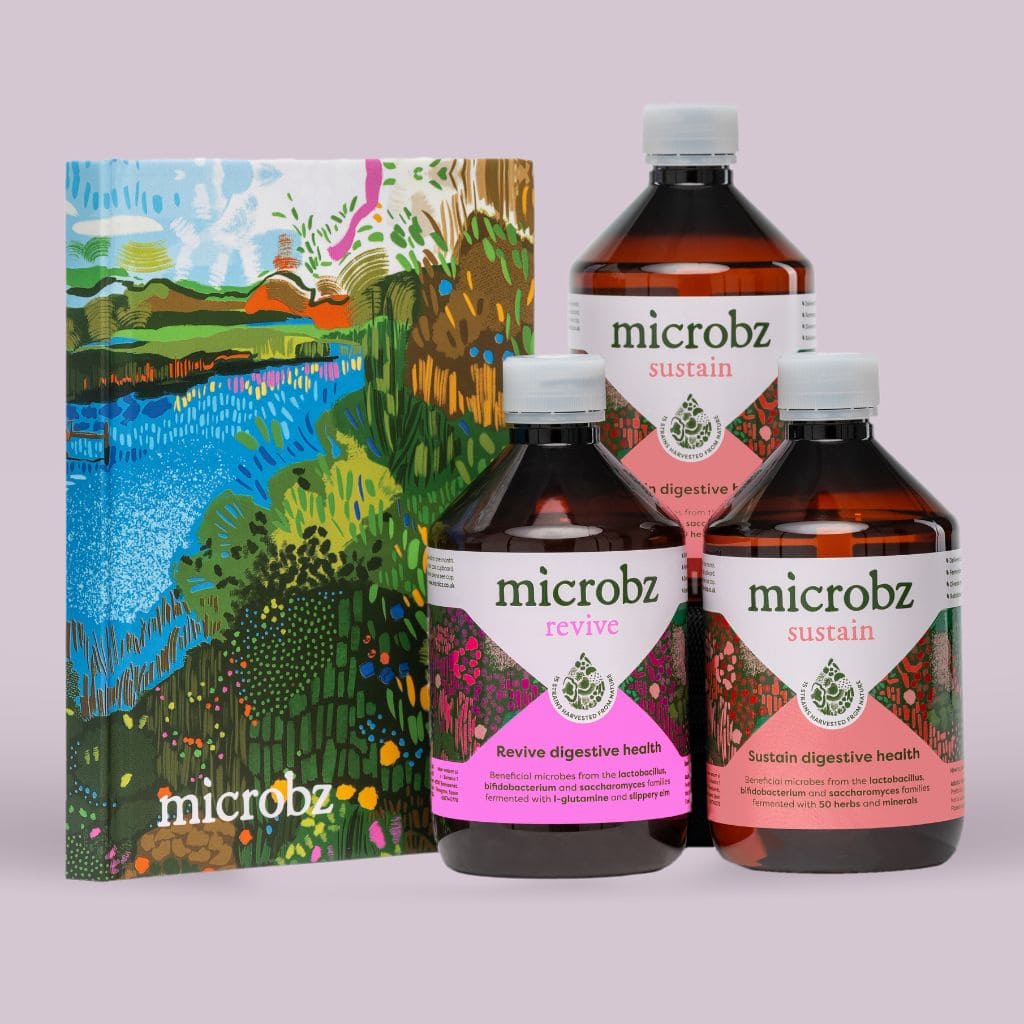History
Parts used:
Whole red seaweed
Constituents (bio available chemicals):
Agarose and agarpectin
Nutritional constituents:
Fibre, calcium, magnesium and manganese
Indications:
Absorbs toxins from the gut, regulates and cleanses bowel. Osteoparosis and Alzheimer’s disease
Dosage:
As directed with each individual product.




